20130608 Kashiwa.R#8 Rでプロット
Download as pptx, pdf0 likes685 views
Rで様々なプロットをやってみた結果。 すべてRで描いたものです。
1 of 34
Download to read offline


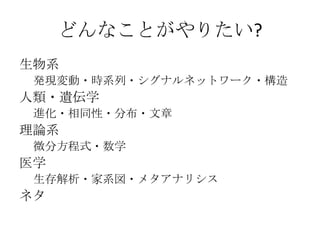

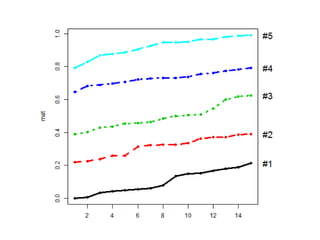

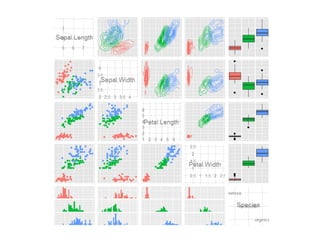


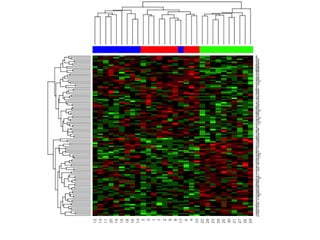


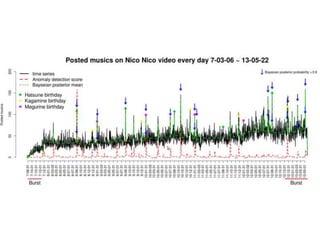


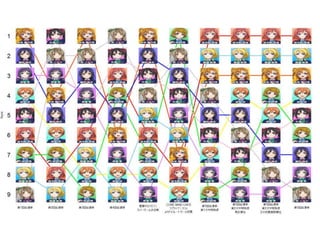

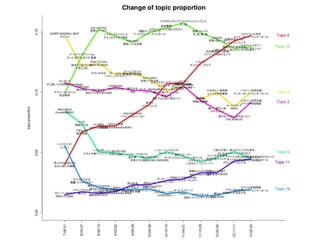
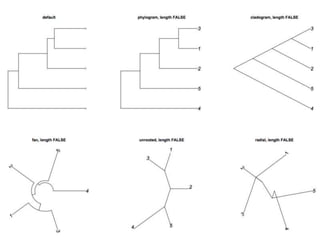
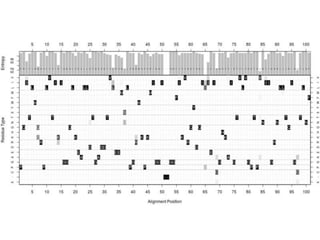
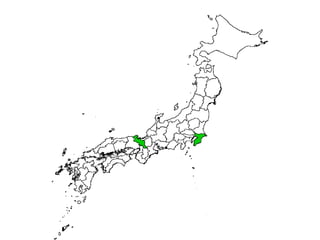
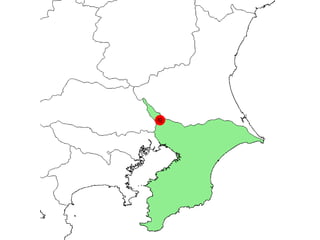
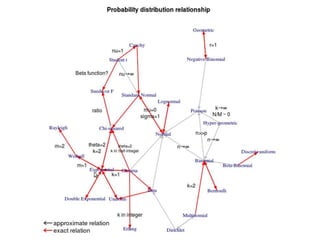
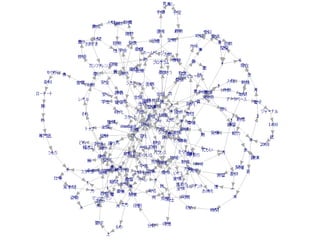
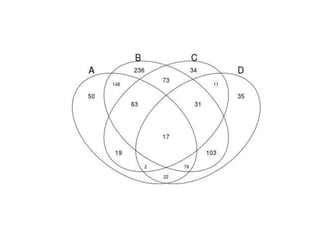


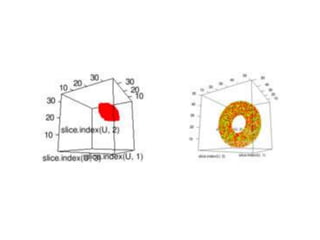

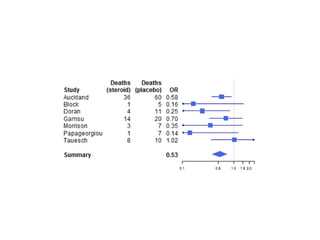

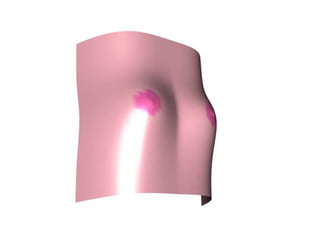


Ad
Recommended
20130609 Wako.R トピックモデルを用いたボーカロイド楽曲の流行解析
20130609 Wako.R トピックモデルを用いたボーカロイド楽曲の流行解析Med_KU
?
小説家になろうのDTM解析のパクリだと思ってもそれ言うの禁止で。
http://seikichi.hatenablog.com/entry/2013/04/29/013608
http://moon.kmc.gr.jp/~seikichi/spring2013/kmc-spring-camp-2013.pdf20131216 Stat Journal
20131216 Stat JournalMed_KU
?
This document describes a new algorithm called GRAph ALigner (GRAAL) for topological network alignment. GRAAL aims to provide a unique global alignment of nodes between two networks based solely on topological similarity, without using other a priori information. It works by first finding a dense core between the networks to seed the alignment, then expanding outwards in spheres of increasing radius to align additional nodes. The alignment score is based on the percentage of edges from the first network that are correctly aligned to edges in the second network. The algorithm is tested on sample networks and achieves an edge correctness of 0.089.20131019 生物物理若手 Journal Club
20131019 生物物理若手 Journal ClubMed_KU
?
DnaBind is a hybrid algorithm that uses machine learning and template-based methods to predict DNA-binding residues in proteins, showing strong performance. This approach leverages statistical features and structural properties to improve classification accuracy compared to other software. The hybrid method demonstrates effectiveness in reducing the time and cost associated with experimental determination of protein-DNA interactions.20130701 統計論文勉強会 遺伝的差異の定量的解析法
20130701 統計論文勉強会 遺伝的差異の定量的解析法Med_KU
?
This study evaluated changes in hepatitis B virus (HBV) quasispecies diversity and complexity during lamivudine treatment. 25 patients were treated with lamivudine for 4 weeks. Viral DNA was cloned from patients at baseline and 4 weeks. Patients were classified as responders or non-responders based on HBV DNA and liver enzyme levels. Responders had lower quasispecies complexity and diversity after 4 weeks compared to non-responders, and responders were more likely to be monoclonal while non-responders were polyclonal.20121210 統計論文勉強会
20121210 統計論文勉強会Med_KU
?
This document presents a new statistical method called smooth isotonic regression (sIR) to calibrate predictive models. sIR improves upon existing calibration methods like logistic regression (LR) and isotonic regression (IR) by using spline curves to provide a smooth, non-parametric calibration curve. The sIR method was shown to outperform LR and IR in calibration based on both simulation data and analysis of a real biological dataset, providing calibrated predicted values that better reflected the actual observed values.More Related Content
More from Med_KU (12)
20131019 生物物理若手 Journal Club
20131019 生物物理若手 Journal ClubMed_KU
?
DnaBind is a hybrid algorithm that uses machine learning and template-based methods to predict DNA-binding residues in proteins, showing strong performance. This approach leverages statistical features and structural properties to improve classification accuracy compared to other software. The hybrid method demonstrates effectiveness in reducing the time and cost associated with experimental determination of protein-DNA interactions.20130701 統計論文勉強会 遺伝的差異の定量的解析法
20130701 統計論文勉強会 遺伝的差異の定量的解析法Med_KU
?
This study evaluated changes in hepatitis B virus (HBV) quasispecies diversity and complexity during lamivudine treatment. 25 patients were treated with lamivudine for 4 weeks. Viral DNA was cloned from patients at baseline and 4 weeks. Patients were classified as responders or non-responders based on HBV DNA and liver enzyme levels. Responders had lower quasispecies complexity and diversity after 4 weeks compared to non-responders, and responders were more likely to be monoclonal while non-responders were polyclonal.20121210 統計論文勉強会
20121210 統計論文勉強会Med_KU
?
This document presents a new statistical method called smooth isotonic regression (sIR) to calibrate predictive models. sIR improves upon existing calibration methods like logistic regression (LR) and isotonic regression (IR) by using spline curves to provide a smooth, non-parametric calibration curve. The sIR method was shown to outperform LR and IR in calibration based on both simulation data and analysis of a real biological dataset, providing calibrated predicted values that better reflected the actual observed values.